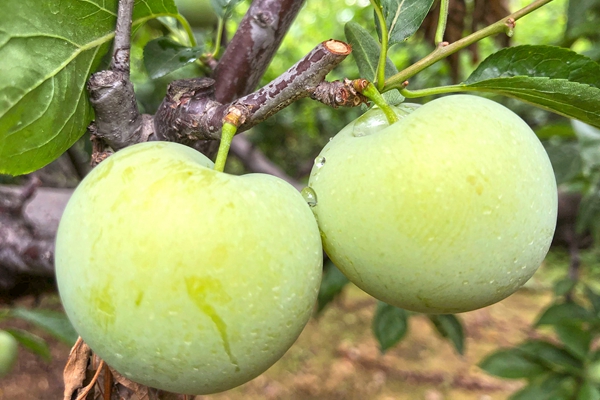Taicang’s five Yuan Dynasty bridges
Updated: 2012-03-26
The city of Taicang has five arched bridges from the Yuan Dynasty made of blue stone, all with the same basic construction. The Zhou, Zhoujing, and Jingting bridges are triple-arch bridges, while the Gao and Jinji are single-arch.
The arches are a side-by-side arrangement of different sections. The arches of the Zhoujing and Jingting bridges are a simple arc, while the others are elliptical. The bridge ends are wider than the middle parts, for lateral stability.
The different parts of the bridges are connected with long stones and the arch stones and wings of the bridges are decorated with carvings for artistic effect.
All five of the bridges are precisely positioned. The Gao, Zhou, and Zhoujing are located along the Zhihetang, a river in Taicang, the Zhihe Pond, and all are on a south-north axis and on an east-west part of the river 1,500 meters apart. The Jingting and Jinji bridges are located along the Gugangshen section of a road through the village of Xinfeng, in the southern suburbs of Chengxiang, with a north-south orientation, 400 meters apart.
These bridges were meant to show Taicang’s prosperity during the Yuan and in fact reflect the social and economic development of this region, which accounts for their historical value. The construction work and decorations also have significant artistic value. Beneath the Yangtian (look up at the sky) stones of the Zhoujing and Zhou bridge, there is a row of decorations in the shape of plum flowers, where there is the Yamahana wall. No specific term for this kind of decoration has been found in Chinese books on architectureal design so these are considered a rarity. All five of the bridges were built without protection stones, so notches are made at arch face to protect key stones. The corners of the exposed parts of arches are covered in plaster to make them smooth. The relief work on parts of the Block board stones, wings, and key stones are delicate, yet bold and unconstrained in style, adding to their artistic value. There is no record of the actual date when work on these bridges began, but they have remained intact over the years and are truly representative of the stone bridge-work of in Yuan Dynasty and provide very substantial historical evidence for the study of stone-arch bridges of the Yuan.
Tel:0510-81178873
E-mail:haiyulu@163.com


